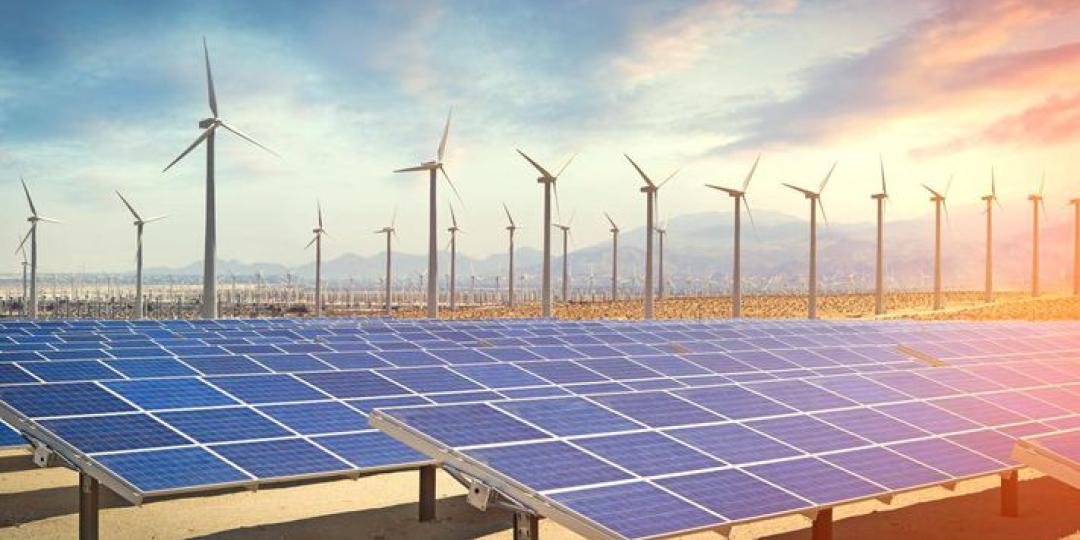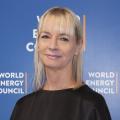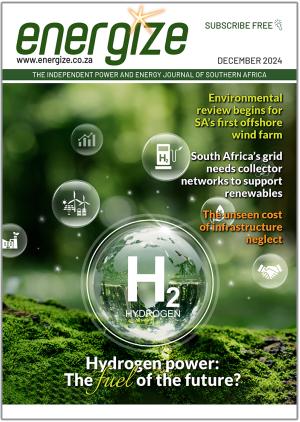Information from SAWEA
The Department of Mineral Resources and Energy (DMRE) recently launched the Request for Proposals (RFP) for the Fifth Bid Window (BW5) under the Renewable Energy Independent Power Producer Procurement Programme (REIPPPP), which calls for proposals from Independent Power Producers (IPPs) to develop new generation capacity of 2600 MW, being 1600 MW from onshore wind energy and 1000 MW from solar photovoltaic (solar PV) power plants, in line with the government’s intention to increase generation capacity and ensure the security of energy supply to society.

Ahead of the expected DMRE Bidders’ Conference, to be hosted on an e-platform, during May 2021, which will provide more information on the qualifying criteria and bid submission expectations, the South African Wind Energy Association (SAWEA) has shared its impression of BW5.
“There are two key aspects of BW5 that are worth unpacking, namely the local content requirements and the bid evaluation weighting, which has now shifted in line with governments standard procurement norms,” said Ntombifuthi Ntuli, CEO of SAWEA.
Local content
The BW5 local content threshold has been retained at 40%, in line with previous rounds. The difference in this round is that there is no local content target, only the threshold is prescribed. Furthermore, for the first time, the REIPPPP introduced designated local content, which, over and above the threshold, requires bidders to procure certain specified components locally. Should these components be unavailable, bidders can apply for exemption, which needs to be lodged with the Department of Trade, Industry and Competition (DTIC).
The wind industry held extensive consultations with the IPP Office and DTIC prior to the issuing of the BW5 RFP, specifically on local content requirements and what the industry can achieve in the short and medium terms. To achieve a successful localisation programme with incremental local content thresholds, a consistent procurement pipeline should be established.
This would be a positive development as it facilitates augmented job creation and skills development as the economy recovers from the Covid-19 pandemic and looks to accelerated economic growth.
“Consecutive bidding rounds will enable local manufacturing facilities to be re-established and the potential expansion of already operating manufacturers, which is very crucial in creating long term sustainable jobs” added Ntuli.
SAWEA has, however, cautioned that the stop-start nature of procurement, and the latent bid windows, severely damaged the meaningful momentum, pre-2015, which established new manufacturing capacity within the wind and solar value chains in South Africa. Significant manufacturing capacity was lost in the delay between BW4 and BW5, with many companies being forced to shut down as a result of the delays, unable to carry the cost of overheads indefinitely.
Looking at the recovery of the manufacturing sector and the possibility of re-investment, Ntuli commented, “Whilst we wholeheartedly celebrate the new impetus, one must be mindful that regaining the investor confidence will not be an overnight process. To enable the required quantity and very importantly, quality, of components will require at least two to three years of investment and development. It is therefore crucial that further interruptions or delays are not encountered. A controlled roll out of procurement will allow all aspects of the value chain, and not only the manufacturing sector, to expand.”
SAWEA confirms that the industry remains confident in its ability to meet local content requirements and reiterates that it has no reservations or concerns that the sector will respond positively. The association has facilitated conversations between the DMRE, DTIC and the other key sector stakeholders, to align strategically and map the way forward to deliver on increased local content requirements.
“The wind industry has further submitted its vision to practically increase local content in the next few years and remains fully supportive of growing the local manufacturing sector,” explained Ntuli.

The association is further heartened by the establishment of the South African Renewable Energy Masterplan (SAREM), which is set to contribute immensely to fast tracking the establishment of local manufacturing capacity. It is intended that this framework will provide a blueprint from which government departments such as the DTIC and the DMRE can provide incentives for investment into local manufacturing.
This is once again important for future bid windows and the renewable energy sector’s ability to deliver jobs and investment, in the post-Covid-19 recovery period.
“SAREM represents an opportunity to identify jobs and investment in our sector linked to the country’s resource plan, as well as to clearly outline how job creation and investment might be enhanced if impediments are removed and replaced rather with supportive policy,” added Ntuli.
Bid evaluation weighting
A noted change in BW5 is the evaluation weighting, which has changed from a 70/30 weighting to a 90/10 weighting, indicating a distinct emphasis on tariff. Black women ownership in the project company is a new requirement and has a 5% threshold, otherwise all other economic development requirements as per BW4 have been retained.
In previous rounds, the REIPPPP used a 70:30 (price: economic development), weighting, attaching higher priority to economic development objectives than the typical government structure of 90:10 at the time.
In closing, SAWEA has noted that the DMRE’s statement reveals that given the energy challenges the country is facing, the qualification criteria have been developed to promote the participation of projects that are fully developed and will be able to be constructed and connected to the national grid as soon as 12 months from financial close, but not later than 24 months post financial close.







